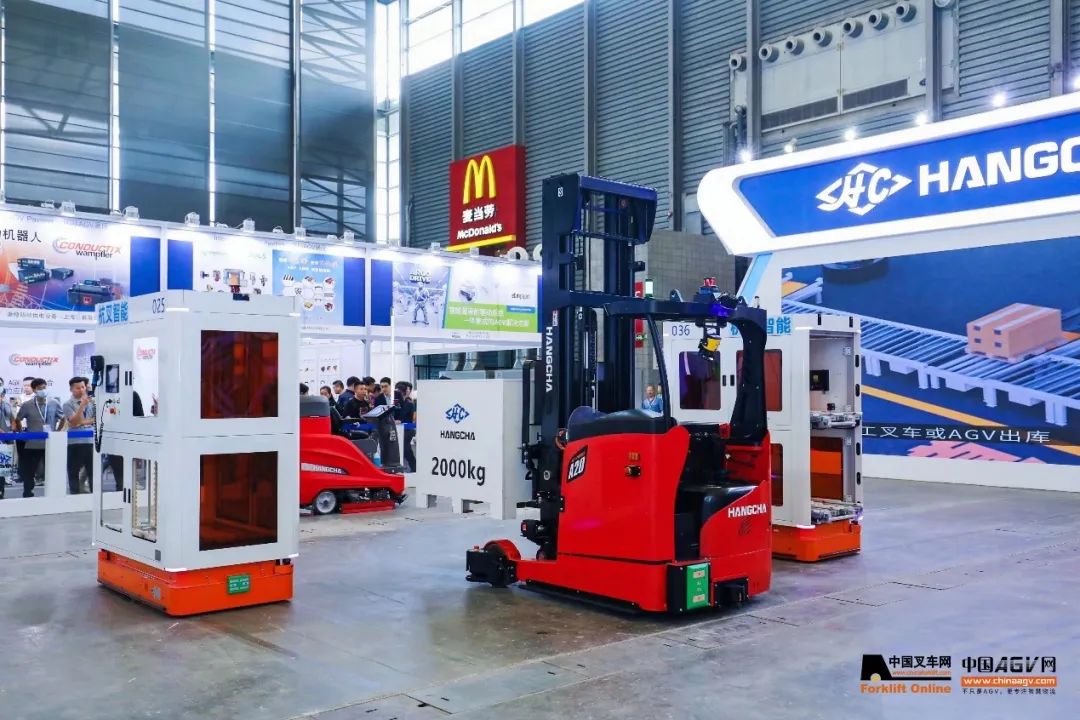- By YIKONG
- 2025-05-22 17:04:51
- Industry Information
Reshaping the Forklift AGV Market: Divergence in Europe and North America and the Global Breakthrough of Chinese Enterprises
Under the backdrop of a seismic shift in the global automated logistics-equipment market, the dramatic transformation of French AGV giant BALYO and the meteoric rise of Chinese domestic players together paint a new industry landscape. BALYO’s retreat from Europe and counter-offensive in the U.S. not only reflect deep changes in regional demand, but also offer strategic lessons for Chinese enterprises.
.jpg)
I. BALYO’s Transformation Dilemmas and Opportunities
1. The Spillover of Europe’s Market Contraction
Once Europe’s crown jewel, BALYO saw regional revenues plummet 43% year-on-year to €10.9 million in 2024, then slide another 46% to €1.7 million in Q1 2025. This freefall stems from tightened corporate budgets, project delays and geopolitical volatility across Europe. Although a RMB 280 million capital injection eased short-term liquidity strains, the protracted downturn in Europe continues to unbalance BALYO’s revenue mix.
2. The U.S. Market as Growth Engine
By pivoting to a direct-sales model, BALYO achieved explosive growth in the United States: 2024 U.S. revenues surged 186% to €15.3 million, then more than doubled again in Q1 2025. Direct sales’ share fell from 86% in 2024 to 74% in early 2025—reducing channel dependence but exposing BALYO to potential tariff headwinds and supply-chain cost shocks.
3. Technology Competition and Profitability Challenges
Despite top-line expansion, BALYO’s net loss widened to €13.3 million in 2024, while gross margin slipped from 35% to 31%. Rising competition from low-cost Asian AMR (autonomous mobile robot) suppliers—offering high price-performance—has eroded BALYO’s market share, forcing the company to strike a delicate balance between R&D investment (36% of its recent capital raise) and broader market penetration.

II. The Rise and Challenges of Chinese AGV-Forklift Companies
1. Policy-Driven Growth and Technological Breakthroughs
Propelled by the “Made in China 2025” initiative, China’s AGV-forklift market grew over 80% year-on-year in H1 2023. Local champions such as Kunhou Automation and Future Robot have leveraged laser navigation and custom “Navikit” chips to achieve ±5 mm positioning accuracy and a 50% boost in operational efficiency—surpassing many global benchmarks. Widespread adoption of lithium-battery power (over 80% penetration) combined with 5G + AI integration has raised driverless-forklift penetration to 25%.
2. A Diversified Competitive Landscape
Domestic players now cluster into three camps: traditional AGV manufacturers (e.g. Siasun, Jiateng), legacy forklift makers (e.g. Hangcha, Heli) and specialized AMR companies (e.g. Hikvision Robotics, Geek+). Hikvision Robotics saw a 25.6% increase in driverless-forklift shipments in 2024, while Geek+ captured share in Southeast Asia and Europe–North America with high value-for-money solutions—recording a 51% jump in overseas revenues.
3. Cost Advantages and Global Deployment
With manufacturing costs 30–50% lower than in Europe and North America, Chinese firms further lower adoption barriers via leasing models (e.g. CATL’s battery-swap service). However, looming anti-dumping investigations in the West and the next wave of hydrogen-power innovations (e.g. R&D by New Hydrogen Power) pose challenges, prompting accelerated investment in solid-state batteries and intelligent dispatch systems.

Conclusion
BALYO’s painful transformation and the ascendancy of Chinese AGV players together reflect a global market fracturing and realigning. Under dual pressures of rapid technological evolution and geopolitical uncertainty, only an “agile strategy + cutting-edge technology” formula will secure lasting advantage. Chinese companies must guard against disruptive tech substitution, while international giants need to reassess the true value of emerging markets. In this high-stakes game, the ultimate winners will be determined by the speed of innovation and the ability to integrate across ecosystems.



